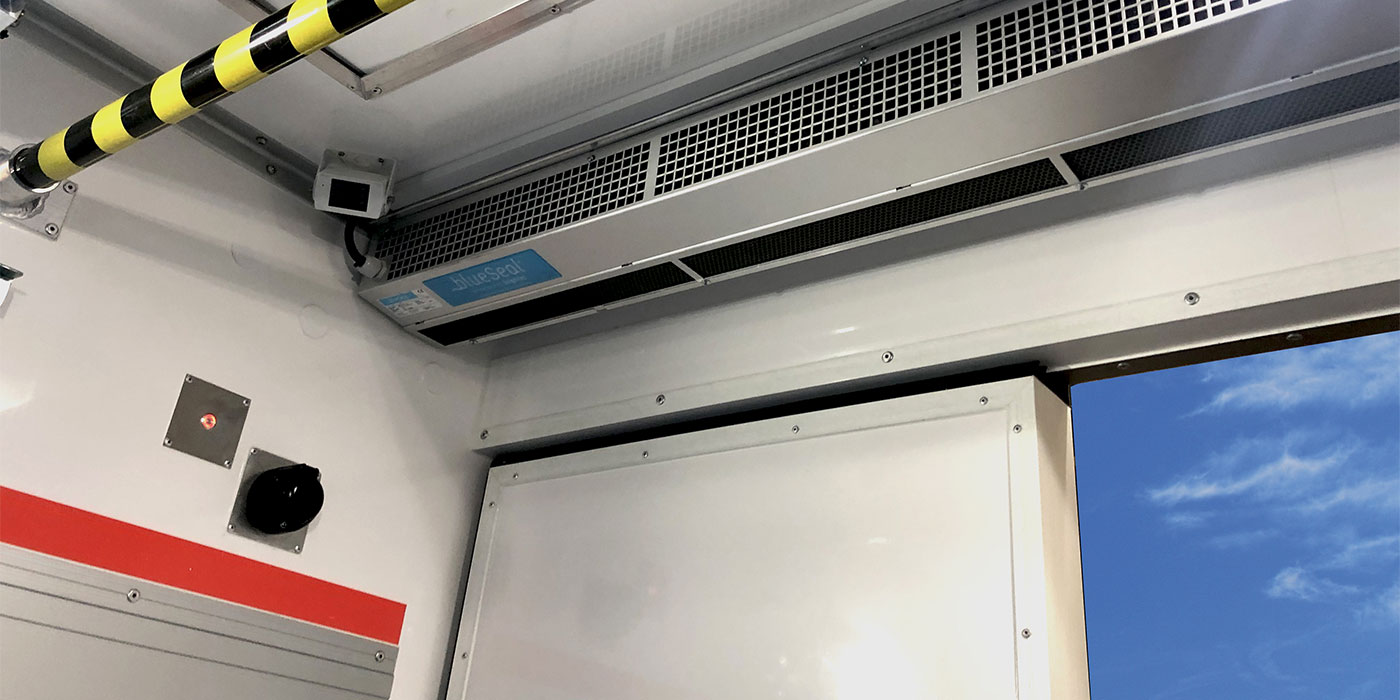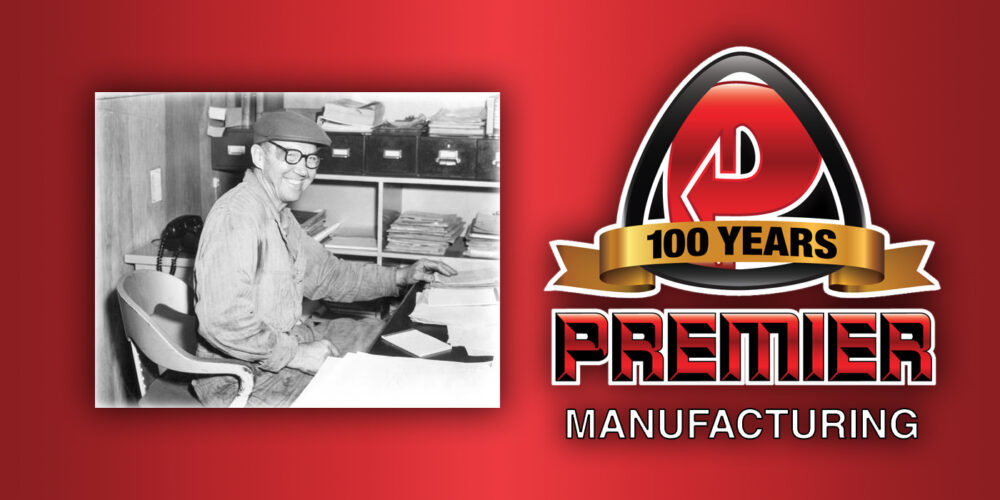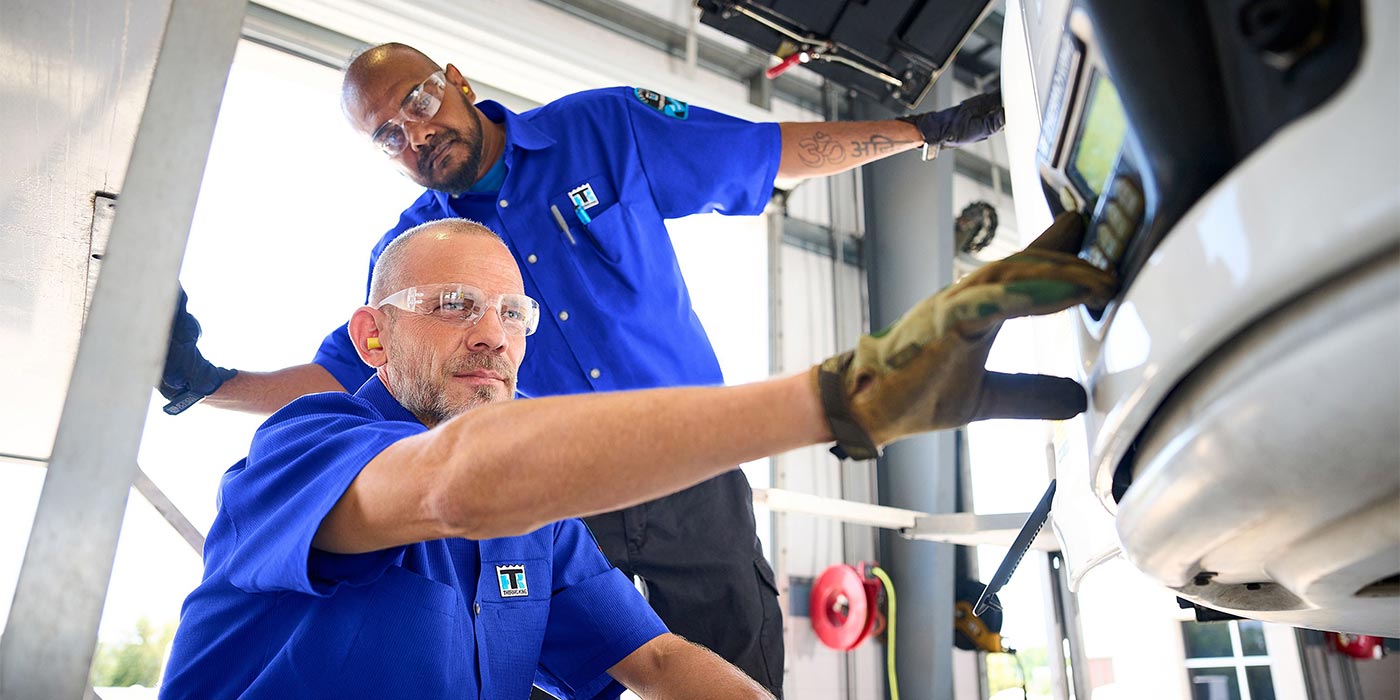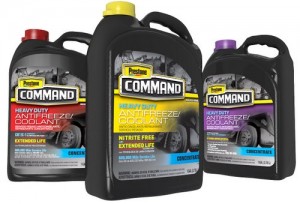
Heaters are an important aspect of the engine to watch, especially with winter on its way. When looking for an engine heater, the first thing that should be checked is the OEM/engine manufacturer recommendation. This is the simplest way of finding out what you need. Of course, there’s more to it than that. There are many different options, which can largely be broken down into these three groups:
1) Internal Engine heaters: Heaters that are inserted into the engine block via the dipstick, freeze plug or other opening.
2) External Engine heaters: Heaters that attached to the outside of the engine block via a magnet or permanent attachment.
3) Coolant Engine heaters: Heaters that heat the coolant and is insert into a coolant hoses or other coolant flow path.
“Plug-in block heaters are typically immersed in the engine’s coolant and are designed to keep most of the engine warm during extremely cold weather,” explains Peak Commercial and Industrials technical director, John Turney. “A separate heater is usually used to also warm engine oil. Using both coolant and oil heaters will ensure that no cold start issues ever arise and that warm fluids quickly circulate throughout the engine during startup.”
“If you go with an after-market heater,” advises John Tannone, engineering manager for Prestone Products Corp., “The pros and cons will always depend on the vehicle as to what works best for the customers because engine design varies; thus, the amount of room and location the heater could effectively be installed. Items that should be considered in any decision for a coolant heater should include: ease of installations, costs, ease of use, reliability and complexity of heater. The more complex, the greater the potential of problems.”
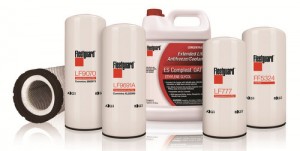 Also worth mentioning are fuel heaters. Heating diesel fuel above the cloud point can be a simple and reliable way to avoid plugged fuel filters and loss of engine power, even in the most extreme temperatures. To keep the wax and moisture in fuel at a liquid state, the best practice is to heat diesel fuel as close to the filter element as possible. Cummins Filtration recommends such products as the Fleetguard Diesel Pro (pictured left), Fuel Pro, and Industrial Pro series to achieve continuous heating during operation. Taking these necessary extra steps and using products such as these can increase productivity and reduce downtime.
Also worth mentioning are fuel heaters. Heating diesel fuel above the cloud point can be a simple and reliable way to avoid plugged fuel filters and loss of engine power, even in the most extreme temperatures. To keep the wax and moisture in fuel at a liquid state, the best practice is to heat diesel fuel as close to the filter element as possible. Cummins Filtration recommends such products as the Fleetguard Diesel Pro (pictured left), Fuel Pro, and Industrial Pro series to achieve continuous heating during operation. Taking these necessary extra steps and using products such as these can increase productivity and reduce downtime.


